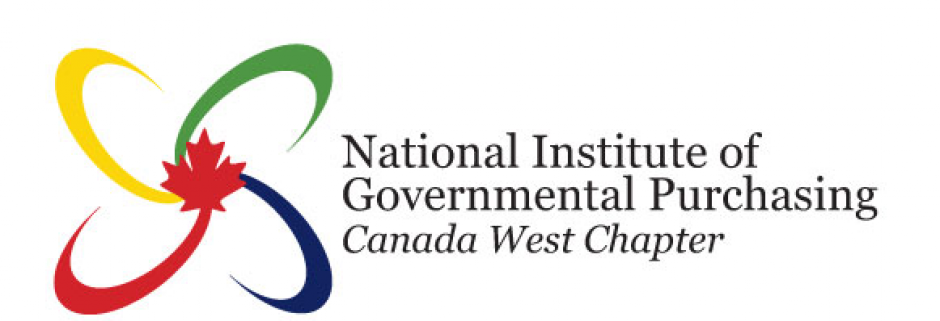(written by Isabel Gibson)
After talking to contracting officers over the last 25 years, I understand some of their frustrations:
- Bidders who can’t read, at least not well enough to follow submission instructions
- Bidders who can’t write, at least not well enough to present their solution clearly
Having edited more than 85 proposals, I feel your pain! But it’s more than a pain: It’s a puzzle. Bidders are highly motivated to do well: to submit, on time, a compliant proposal that will score well and offer the lowest price they can. So why don’t they do better?
A major reason is the complexity of bid documents. As procurement professionals, you can’t teach bidders to read and write, but you can simplify bid documents. Simpler documents will lead to fewer questions during the process, and to better responses at the end of the process, where “better” means closer to the requirement, easier to evaluate, and more competitively priced.
I’ve worked to understand more than 85 Requests for Proposals. From that experience, here are some practical suggestions for keeping things simple.
Say It Once
Say it once, not in several places: With the best of intentions, repetition leads to small variations. Bidders seize on those variations and worry them to death:
- Faced with different descriptions of the procurement purpose (or objectives, goals, vision, or mission), they read meaning into those differences and spend time trying to reconcile them.
- Faced with inconsistencies in the response requirement (content, organization, layout, and format), they spend time crafting detailed questions to get clarity.
Help bidders avoid this unproductive work by saying things once.
Ask Just Once
With many people contributing to bid documents, it’s easy to ask for the same information more than once. As one example, an RFP might ask for information on continuous improvement in a section on quality as well as in the project management section. Repetitive questions baffle bidders, who then waste time trying to discern meaningful distinctions where there may be none.
Ask Just for What You Want
Ask for just what you want to see in the proposal. Don’t use overview (introductory, explanatory, context-setting) statements followed by the detailed list of requirements. Bidders go through those overviews to identify topics, compare them to the detailed list (looking for duplications or contradictions), and then try to figure out how to organize their response so they answer all the points from the overview and from the detailed list, in the order you expected.
Ask Specifically for What You Want
Ask as specifically as possible for the information you want, avoiding general words that set no parameters on the response. For example, don’t ask bidders to “describe their approach to procurement.” Instead, ask something like this: “Provide this information on your procurement function: organization chart, position roles and responsibilities, standards (e.g. applicable regulatory or quality regimes, industry protocols), process (i.e. steps from identifying the need to acquiring the goods/service), controls (e.g. fraud prevention, corporate approval authorities).” Without that specific direction, every bidder will take their best guess at what should be included and will likely give you more than you want or need.
In Services Contracting, Ask About the Organization First
The gold standard in RFP responses is to say who will do something, where that “who” is a position, not just the bidder’s company. It shows that the bidder has thought through how they’re going to provide the services you need. Putting the organization question first—in the response and in every section—helps everything else make sense.
Use One Word for One Concept
Proposal editors strive to eliminate meaningless variation in terminology: standardizing on “trainee,” for example, rather than using “trainees,” “students,” “course participants,” and “program attendees” to refer to the same people. Similarly, procurement documents should use one word for one concept. For example, pick just one from these sets of similar terms:
- Mobilization, Transition, Takeover, Start-up
- Delivery Date, Contract Start, Service Commencement, Effective Date
Use a Picture
Schedules are best communicated visually. To ensure your schedule is feasible, lay out the dates or durations on a timeline. To ensure it’s clear, name the milestones and periods/stages, and then remove any terminology variants from the document.
Use a Form
When you want data, not lengthy narrative, design a simple form for bidders to populate. Whether it’s details on experience, or equipment/product specifications, a form helps ensure that answers are complete, and simplifies both the bidder’s job in organizing the information, and the evaluator’s job in assessing it.
Use a Spreadsheet for Bidder Questions
Give bidders a spreadsheet to submit questions. That gathers all the necessary information in a standard format, allowing you to easily combine questions from different bidders, and saving bidders the bother of designing a readable format.
Test Your Instructions
Bidders usually review their proposals before they submit them, looking for answers that are incomplete, unclear, or inconsistent with other sections. Before you issue bid documents, go through them as if you were going to respond, looking for instructions that are incomplete, unclear, and inconsistent with other sections.
A Final Word
As procurement professionals, it isn’t your job to make things easy for bidders. But making things simpler—reducing inconsistency, duplication, and confusion—will give you a better procurement result. It will focus bidders’ time and energy on the right target: developing a superior solution and writing an easy-to-evaluate response.
Author bio: Isabel Gibson has worked in procurement since 1990, helping companies win more than $8 billion in contracts from the private sector, all levels of Canadian government (federal, provincial, territorial, municipal), and international clients. Her book—Proposals: Getting Started, Getting Better—was published in 2014. Her weekly blog (www.proposalland.com) offers insider tips on better proposals and better RFPs.
